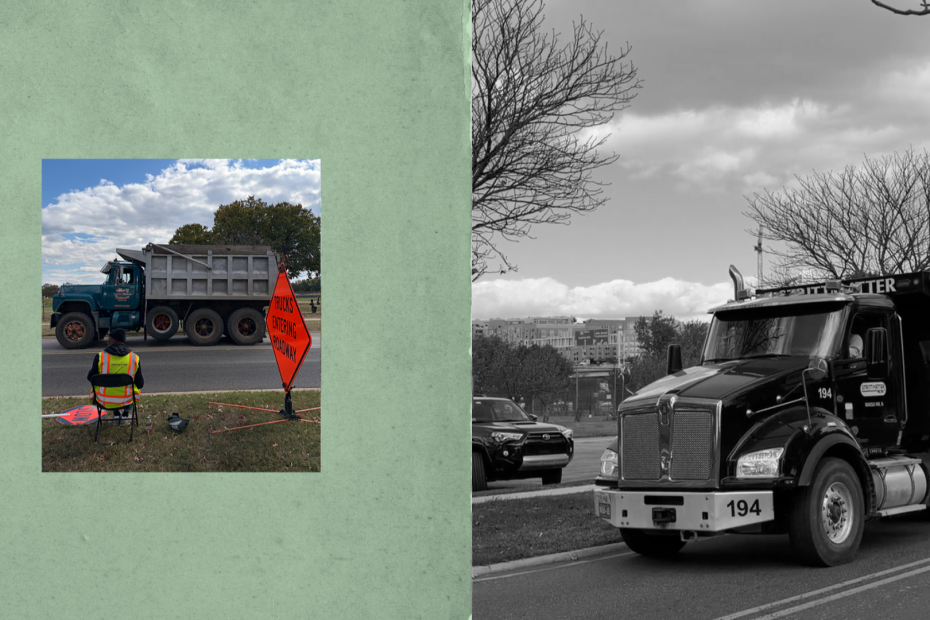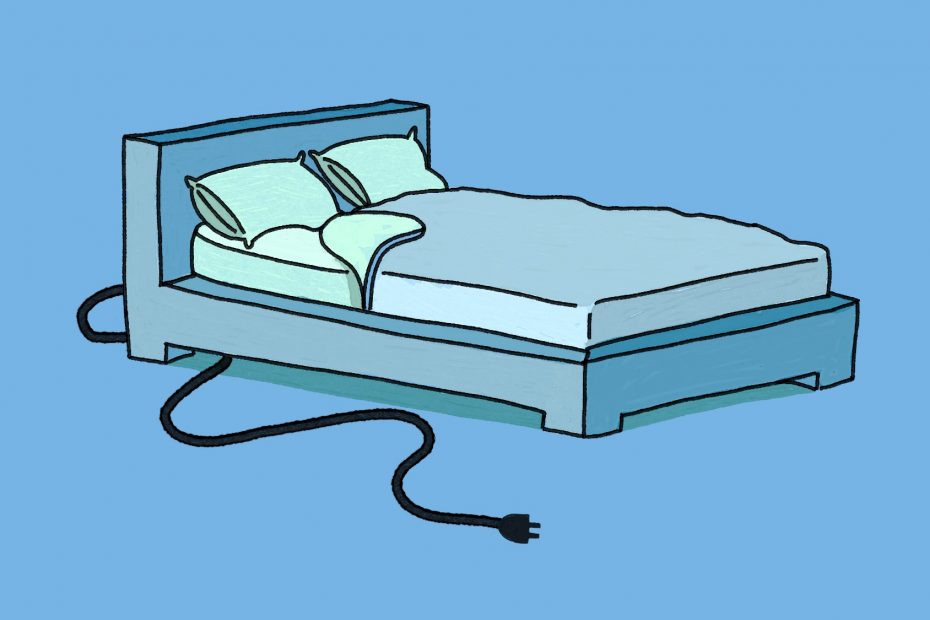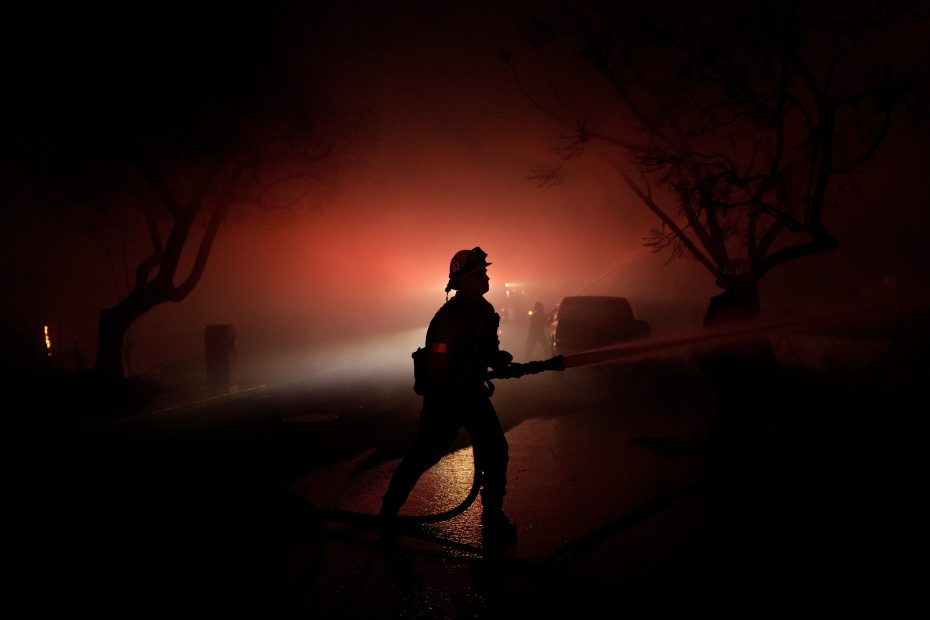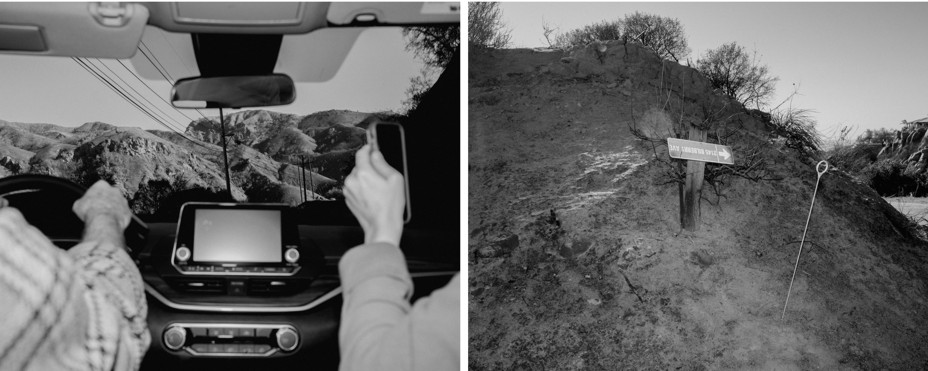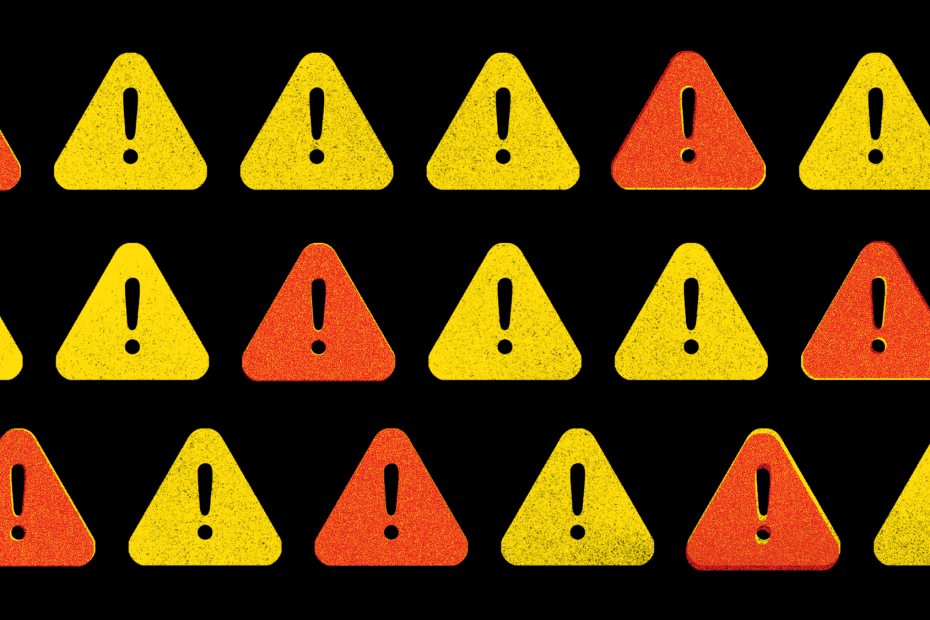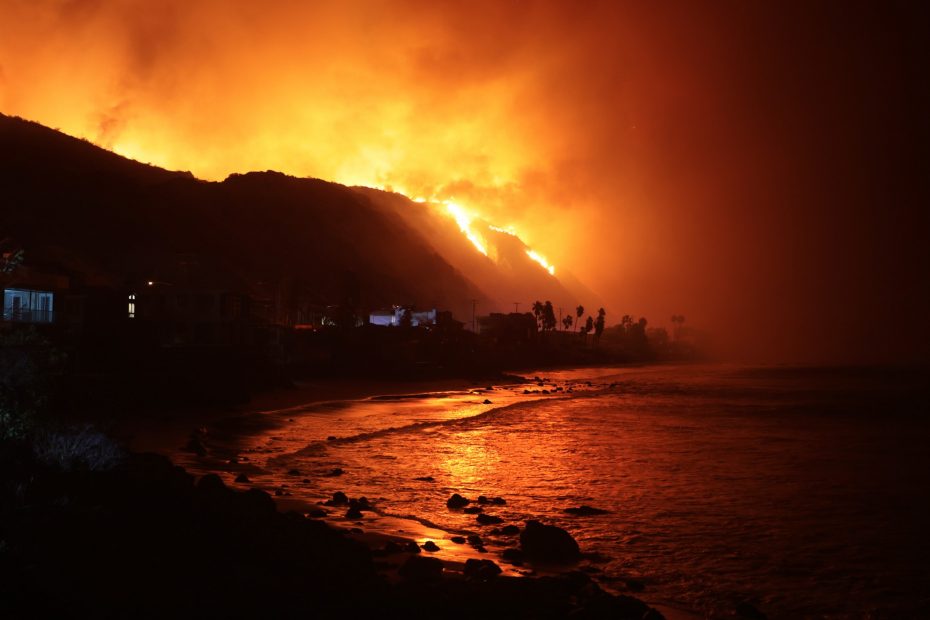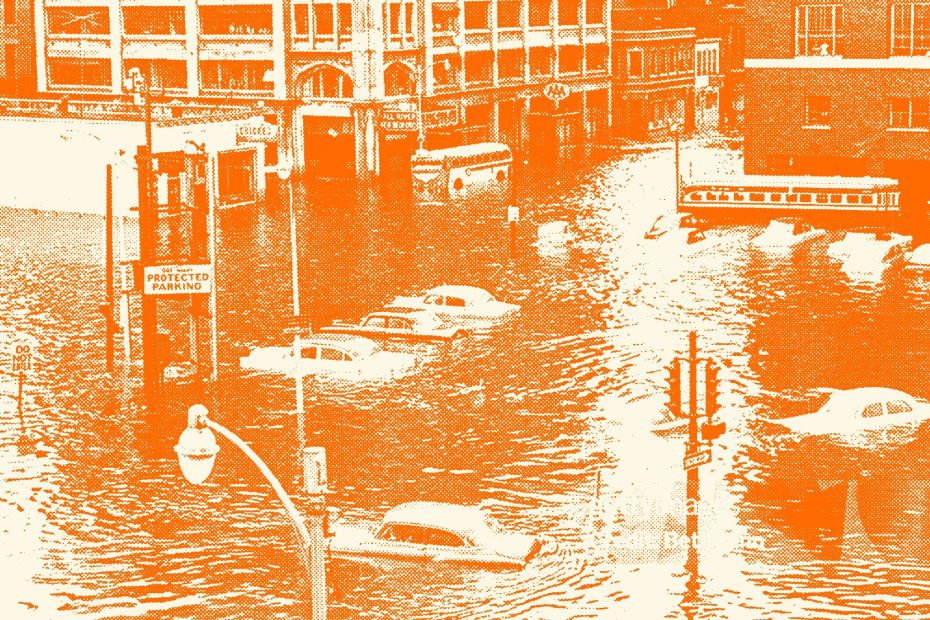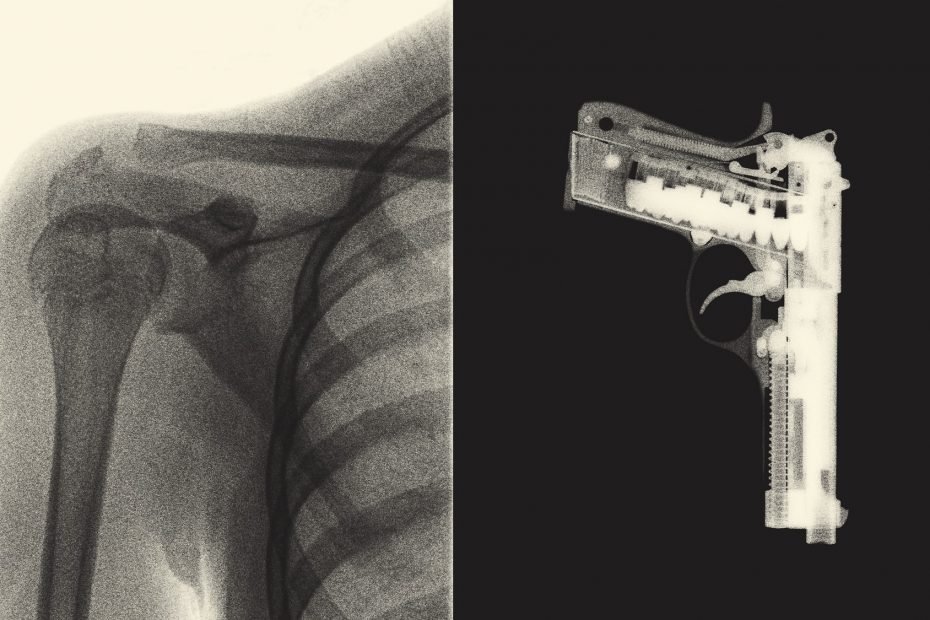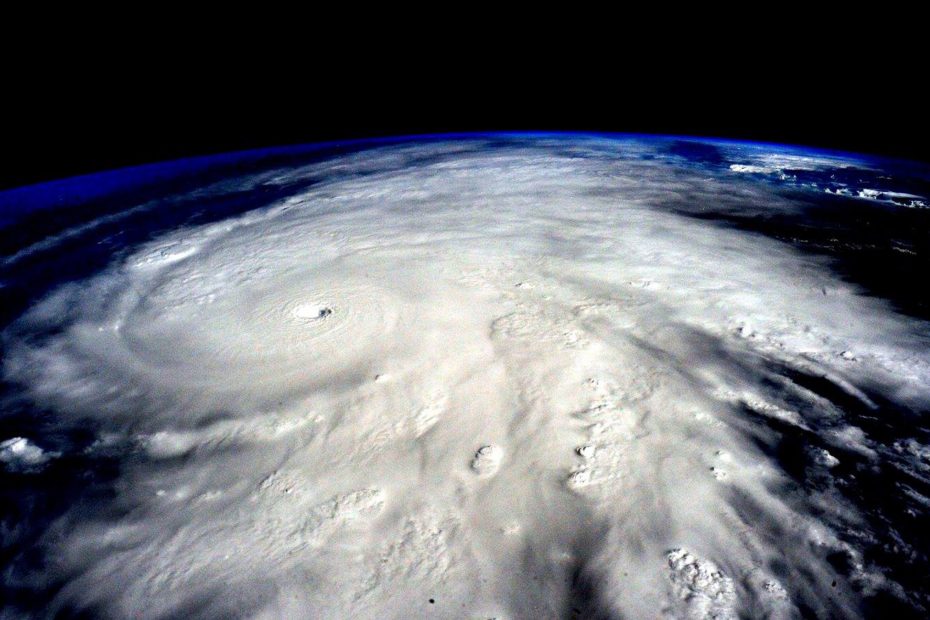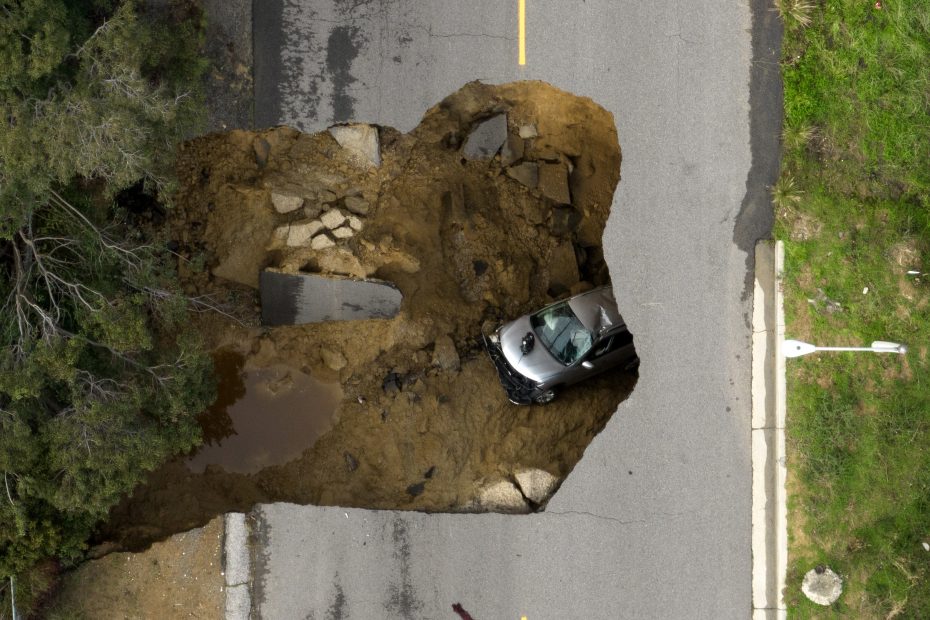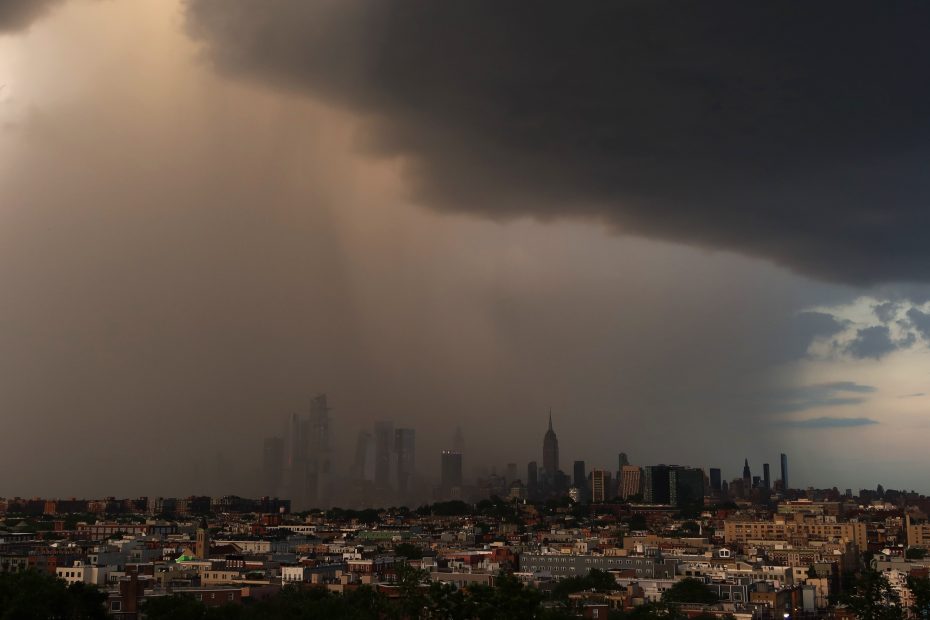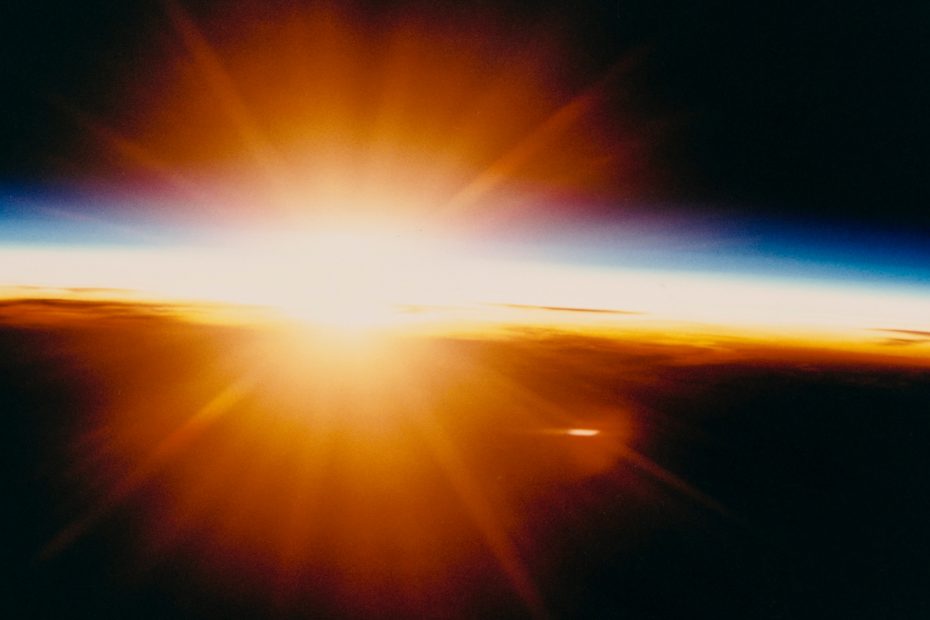My Quest to Find the East Wing Rubble
When the president of the United States decides to demolish the East Wing of the White House to construct a ballroom, all that stucco and molding and wood has to go somewhere. So I tried to find it.
I’d heard that the dirt from the East Wing demolition was being deposited three miles away, on a tree-lined island next to the Jefferson Memorial called East Potomac Park. So yesterday I drove around until I saw trucks and men in construction gear.

